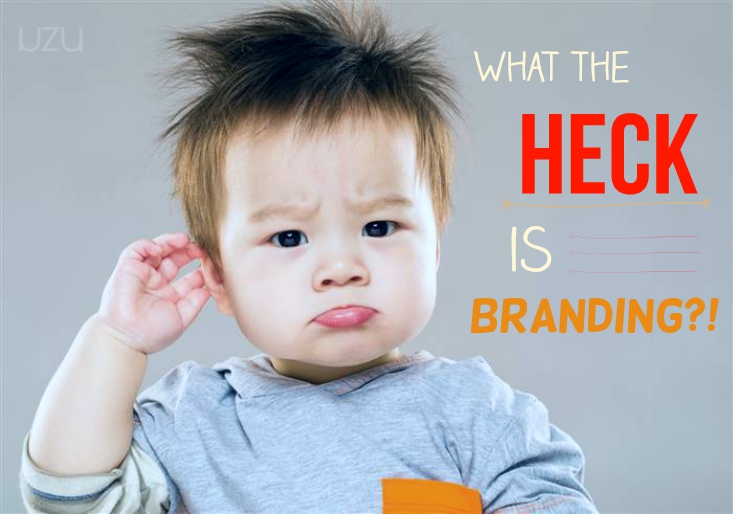First, catch your livestock, heat your burning stick, then let that heifer know who’s boss.
That is the original definition of branding, but when considering your digital marketing, how the hell can branding help you build your business? There are a lot of promising startups out there, but many stop after landing a catchy name or designing a decent trademark. Realistically however, simply having a nifty logo means nothing without implementing a solid strategy with your overall marketing efforts.
Branding considers the marketing practice of creating a name, symbol or design that identifies and differentiates your business from others. We’d like to think that some of the best ideas were derived in the spur of the moment, however strong branding generally requires a little bit of research and planning. Especially when companies are in the midst of launching a new product or service, most business owners are too focused on building revenue and overlook the marketing side of the business model.
Where to Start with your Branding?
Before we go any further, understand that everybody’s strategy will be different from each others. There is no perfect equation to having a successful business, however there are proven tactics that can give you a better return on your investments.
No matter how old your business is or what you sell, you need to ask yourself these questions:
· What is your company’s mission and voice?
· What makes your products/services better than the next guy’s?
· What do your customers/clients already think of your company?
· What do you want your customers to think of your company?
There’s plenty of other inquiries to ponder, but if you (and preferably your employees) can answer these questions, then you can begin to move your brand forward with confidence.
Brand Equity
Having clear branding is what sells your product for you; it’s the “pull” of pull marketing. Establishing an engaging persona is half the battle though. Once you can clearly communicate your mission and successfully transmit your voice across all your marketing materials, then you begin to build your brand equity. Brand equity represents the added value of your products that pretty much gives you freedom to charge more than those that are lacking in their overall marketing.
For example, most buyers are not computer experts and are left to guess who actually makes the best home elecrtonics, however companies like Sony have positioned themselves as an authority in technology so the average consumer is much more inclined to purchase their more expensive products rather than saving money with a less familiar brand.
Brand equity typically plays more to companies with high-end services or products. Brands like Tesla or even Apple aren’t producing the most durable or even the safest products, but we all still want them because they communicate a higher level of style and class to the everyday user.
More Than a Logo
We can’t stress enough that designing a logo is not the be-all-end-all to your branding strategy. Not only do you have to consider your slogans, colors and trademark, you must imagine your brand in both digital formats as well as physical print. You should think about all the platforms you see your business using and consider how your customer views you on all of them.
Until you narrow down every aspect of your branding, don’t be married to one idea or mode of marketing. Even then, keep adapting and growing within your industries. Business owners should be picky about their marketing, but don’t be so stubborn that you miss an opportunity to reach a larger market. Most importantly, you cannot achieve branding overnight so you should really get started today.
4 Quick Branding Tips
To help you find success with your branding process, keep these last few elements in mind.
-
Know your audience
Take time to re-evaluate who you are trying to appeal to with your message. This means you actually have to research consumer data relative to your products and industry. Don’t assume what people want, know what they want.
-
Don’t waste time with platforms that don’t work
Don’t overextend yourself with processes that are not proving to be profitable. Print is dead and the internet is almost 30 years old; just because something worked in the 90s or early 2000s, DOES NOT mean it will work today. Try new things!
-
Deliver Clarity and Consistency
Pick a style and stick with it. Solidify your colors and incorporate them in your pictures; bring your personality into your videos. Whatever you choose to do, portray those decisions with confidence and maintain them throughout all your marketing materials and platforms.
-
Measure Results
Define benchmarks and set goals for your business so you can track growth. Use different analytic tools to see what people are engaging with and why.
Ask questions and look to try new things to make sure your brand is set apart from everyone else’s. Make sure your website reflects your branding and don’t be afraid to test the realms of virtual reality. Take advantage of your digital marketing and let your brand shine on social media too. The possibilities are endless in this new age of advertising so good luck and may the best brand win!







